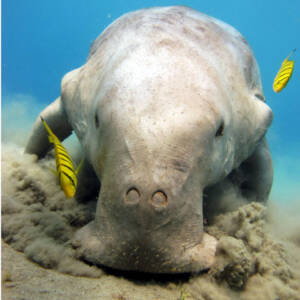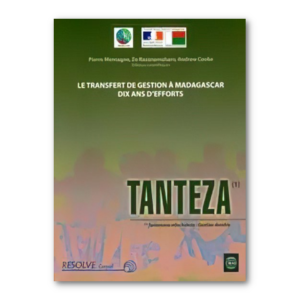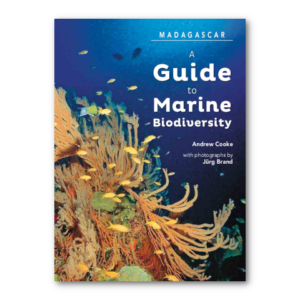Our publications showcase our team’s commitment to sustainable development and innovative solutions. These resources, authored by our experts, drive impactful change in our sector. Browse and download, or purchase to further your understanding and engage with our experts for meaningful, sustainable impact.
Dugong dugon, Dugong, lambohara

The extreme northern region of Madagascar is notably one of the last areas where dugongs have continued to be observed in recent years by fishers, albeit infrequently, between the Sahamalaza Peninsula in the west and Vohémar in the east.
Davis, Patricia & Cerchio, Salvatore & Cooke, Andrew & Andrianarivelo, Norbert. (2021). Dugong dugon, Dugong, lambohara - The New Natural History of Madagascar Chapter 7 -Marine and Coastal Ecosystems.
Coelacanth Discoveries in Madagascar, With Recommendations on Research and Conservation

The paper provides the first comprehensive account of Madagascar coelacanths and demonstrates the existence of a regionally important population and extensive suitable habitat, correcting an earlier hypothesis that coelacanths in southwest Madagascar were strays from the Comoros.
Cooke, Andrew & Bruton, Michael & Ravololoharinjara, Minosoa. (2021). Coelacanth discoveries in Madagascar, with recommendations on research and conservation. South African Journal of Science. 117. 10.17159/sajs.2021/8541.
The Frugal Rehabilitation Methodology for Artisanal and Small-Scale Mining in Mongolia

This book considers the most contemporary innovations propelling the extractive industries forward while also creating new environmental and social challenges.
Stacey, Jonathan, Kyngdon-McKay, Yolande, Levin-Nally, Estelle, & Cooke, Andrew. (2018). The Frugal Rehabilitation Methodology for Artisanal and Small-Scale Mining in Mongolia: An Innovative Approach to Formalization and Environmental Governance with Potential for International Adaptation through the BEST-ASM Initiative. In Extracting Innovations (1st ed., pp. 25). CRC Press.
TANTEZA – The Transfer of Natural Resources Management in Madagascar, Ten Years of Effort

Sustainable management capabilities for renewable resources exist locally throughout most of Madagascar, and local grassroots communities are voicing a strong popular demand for this as decentralisation is established.
Cooke, Andrew. (2007). TANTEZA* - Le trasnfert de gestion a Madagascar - 10 ans d'efforts (* Tantanana mba hateze = Developpement durable)..

